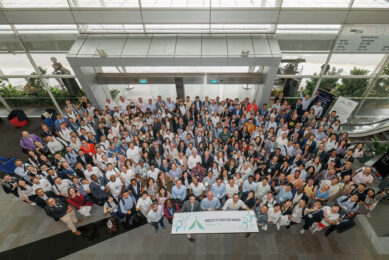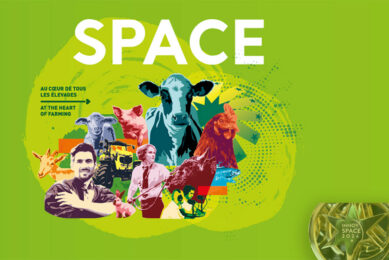Feed innovations to look out for at SPACE

In September, SPACE will again showcase 37 Innov’Space 2023 prize-winners whereby products, equipment or services have stood out as significant innovations. What interesting livestock feed innovations are on show this year?
Counting insect larvae in their substrate
Le Gouessant-Mutatec: Dosin’Tec ⭐⭐
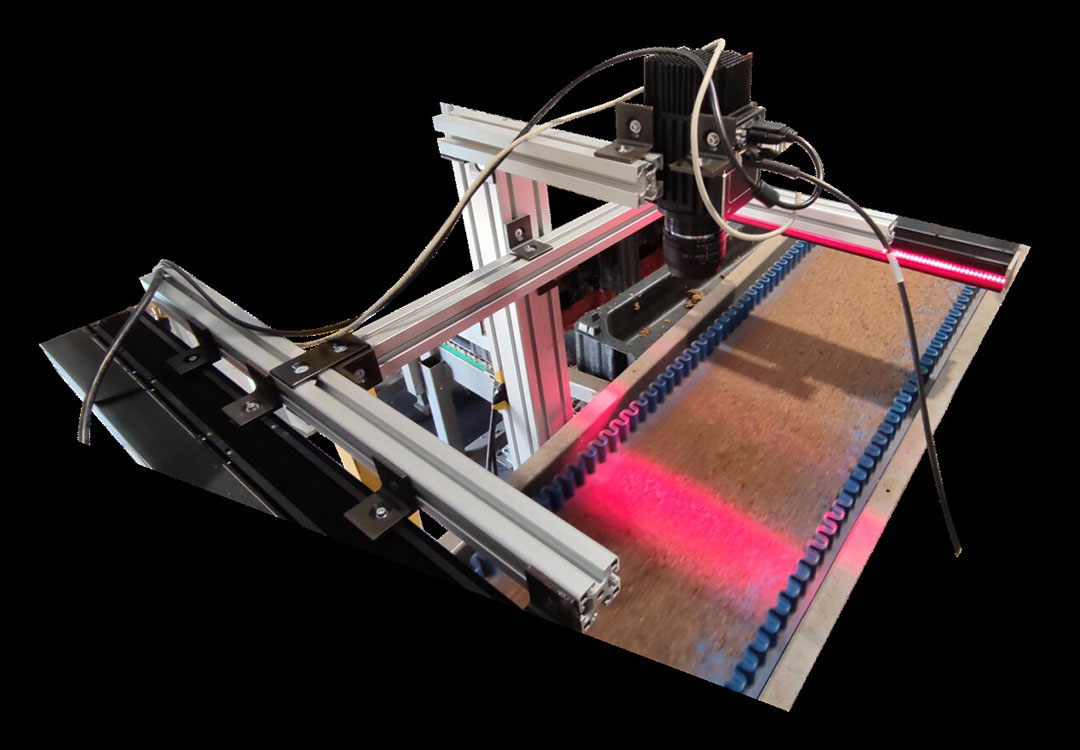 Dosin’Tec equipment is designed to assist in counting larvae of rearing insects, particularly the black soldier fly and the mealworm. The tool allows for the counting of insect larvae in breeding without separating them from their growth substrate. The innovation is based on the application of a deep learning algorithm for analysing images that are successively exposed to dual lighting. At the larval stage, tiny larvae are plentiful and their systematic burying within food particle-filled substrate makes it challenging to assess the real-time population in breeding units. The product makes it possible to identify up to 95% of the larvae regardless of size and heterogeneity. (Hall 5, stand A23)
Dosin’Tec equipment is designed to assist in counting larvae of rearing insects, particularly the black soldier fly and the mealworm. The tool allows for the counting of insect larvae in breeding without separating them from their growth substrate. The innovation is based on the application of a deep learning algorithm for analysing images that are successively exposed to dual lighting. At the larval stage, tiny larvae are plentiful and their systematic burying within food particle-filled substrate makes it challenging to assess the real-time population in breeding units. The product makes it possible to identify up to 95% of the larvae regardless of size and heterogeneity. (Hall 5, stand A23)
Methane reduction in ruminants
DSM: Bovaer 10 ⭐ ⭐
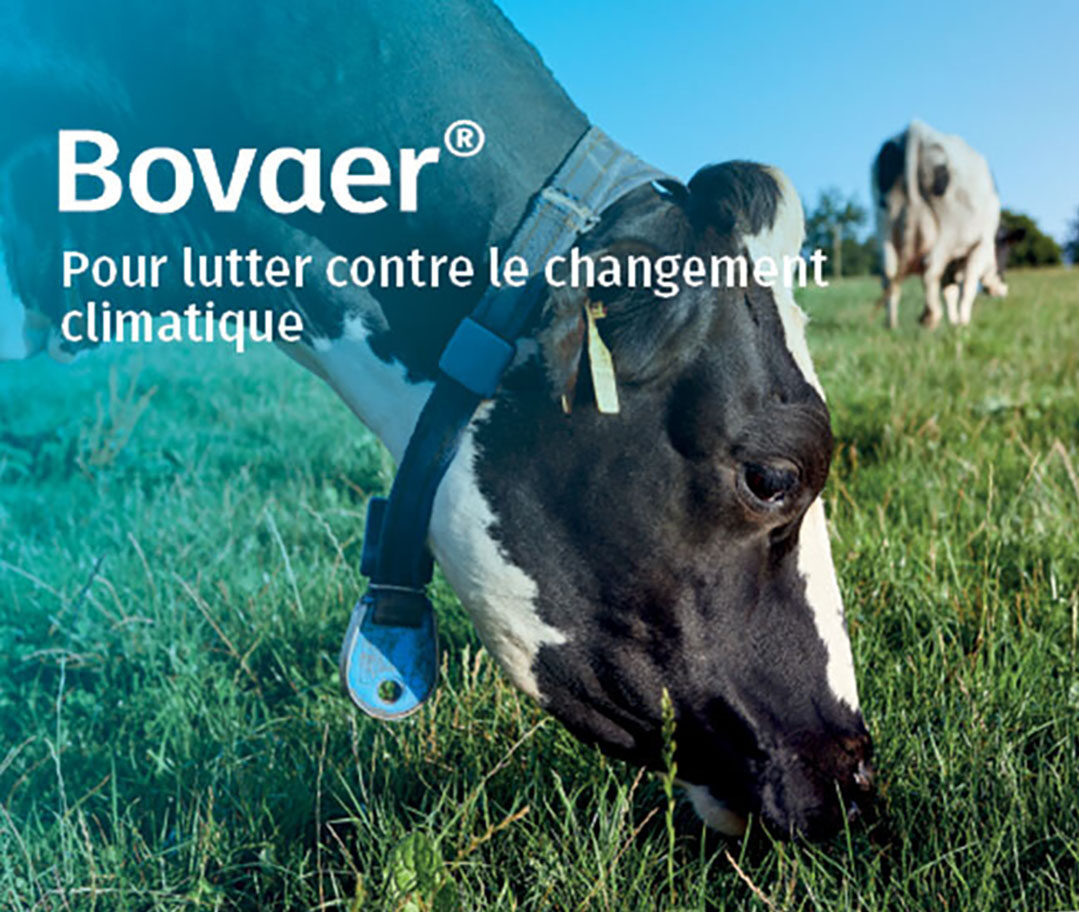 Bovaer 10, with over 50 on-farm trials and more than 50 peer-reviewed publications, is a feed supplement that reduces enteric methane emissions, contributing to a significant and immediate reduction of the environmental footprint of meat, milk, and dairy products. It is composed of 10% 3-nitrooxypropanol (3-NOP), its active substance. Results showed an average reduction of 30% less methane emission from dairy cows and 45% for finishing beef cattle. It is now authorised and available for sale in over 35 countries, including the EU, Australia, Brazil, Chile, Pakistan, Switzerland and Turkey. (Hall 9, stand D104)
Bovaer 10, with over 50 on-farm trials and more than 50 peer-reviewed publications, is a feed supplement that reduces enteric methane emissions, contributing to a significant and immediate reduction of the environmental footprint of meat, milk, and dairy products. It is composed of 10% 3-nitrooxypropanol (3-NOP), its active substance. Results showed an average reduction of 30% less methane emission from dairy cows and 45% for finishing beef cattle. It is now authorised and available for sale in over 35 countries, including the EU, Australia, Brazil, Chile, Pakistan, Switzerland and Turkey. (Hall 9, stand D104)
Automatic counting of BSF larvae
 Dilepix: Prolarvae ⭐
Dilepix: Prolarvae ⭐
Black soldier fly larvae offer a promising solution for finding alternative protein sources with high protein content and reduced environmental impact. They can substitute fishmeal and soy, providing essential amino acids for animal feed. This emerging sector faces a major challenge: quality control. Previously done manually, inspecting hundreds of millimetre-sized larvae is a tedious task. (Hall 3, stand C10)
Alternative solution against Eimeria and Clostridia risk in poultry
Idena: Forcix PY ⭐
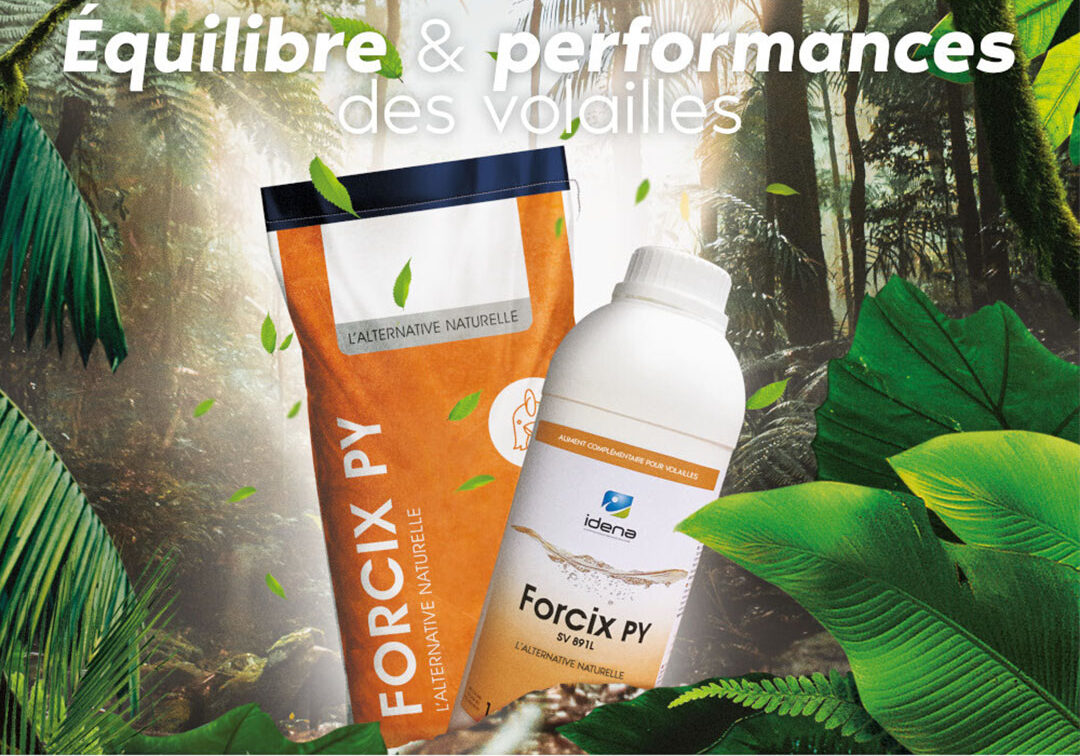 A study demonstrated the action of Forcix PY’s components at different stages of the Eimeria cycle, with no effect on epithelial cells, by measuring the effectiveness/toxicity ratio of each ingredient tested. The product benefits from Idena’s proprietary ECHV technology and is a combination of bioactives that have demonstrated their benefits in vitro for both Eimeria and Clostridium risk management. (Hall 9, stand C61)
A study demonstrated the action of Forcix PY’s components at different stages of the Eimeria cycle, with no effect on epithelial cells, by measuring the effectiveness/toxicity ratio of each ingredient tested. The product benefits from Idena’s proprietary ECHV technology and is a combination of bioactives that have demonstrated their benefits in vitro for both Eimeria and Clostridium risk management. (Hall 9, stand C61)
Calculating economical and autonomous rations
Institut De L’elevage: Optim’al ⭐
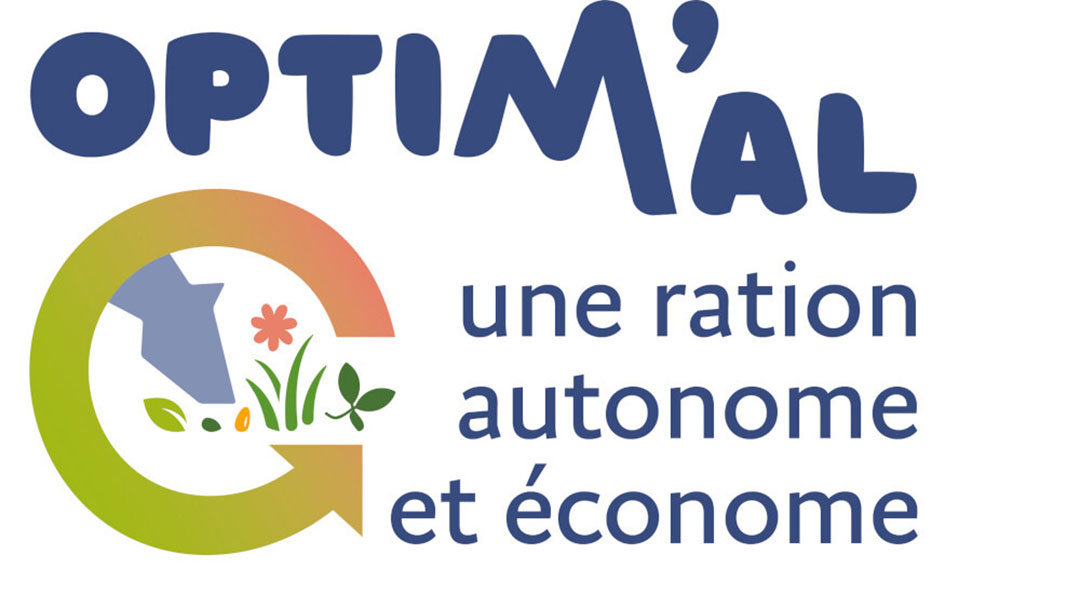 Optim’Al has been updated with the new features of the INRA 2018 system and incorporates constraints on protein dependence during its optimisation calculation. This new version is available online in an intuitive and easy-to-use web application. The user first enters the characteristics of the target animal and then lists the feeds to include in the optimisation calculation. The characteristics of the foods are managed in a specific table of the tool, allowing it to work with predefined foods or with personalised foods. Following a calculation, the tool offers the least expensive and/or most autonomous ration to meet the needs of the target animal. (Hall 3, stand B05)
Optim’Al has been updated with the new features of the INRA 2018 system and incorporates constraints on protein dependence during its optimisation calculation. This new version is available online in an intuitive and easy-to-use web application. The user first enters the characteristics of the target animal and then lists the feeds to include in the optimisation calculation. The characteristics of the foods are managed in a specific table of the tool, allowing it to work with predefined foods or with personalised foods. Following a calculation, the tool offers the least expensive and/or most autonomous ration to meet the needs of the target animal. (Hall 3, stand B05)
Alfalfa bale with dispenser rack
Desialis: Luza Peak ⭐
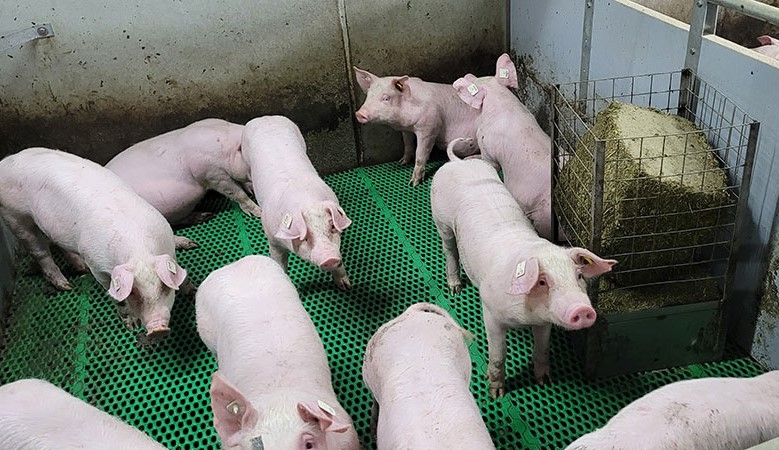 The proposed solution to tail biting is a sustainable fibre source to reduce aggression. Offered as 20kg dehydrated refined alfalfa bales, the solution is effective in livestock farming and at the experimental farm of pig farming cooperative Cooperl. To optimise the concept, it was necessary to develop a specific distribution rack, the challenge being to allow access to the bale so as not to generate frustration or excessive consumption. The average durability for a bale is 8 weeks for 20 piglets, but its use may be considered curative as soon as the first signs of cannibalism would appear. (Hall 5, stand D94)
The proposed solution to tail biting is a sustainable fibre source to reduce aggression. Offered as 20kg dehydrated refined alfalfa bales, the solution is effective in livestock farming and at the experimental farm of pig farming cooperative Cooperl. To optimise the concept, it was necessary to develop a specific distribution rack, the challenge being to allow access to the bale so as not to generate frustration or excessive consumption. The average durability for a bale is 8 weeks for 20 piglets, but its use may be considered curative as soon as the first signs of cannibalism would appear. (Hall 5, stand D94)




